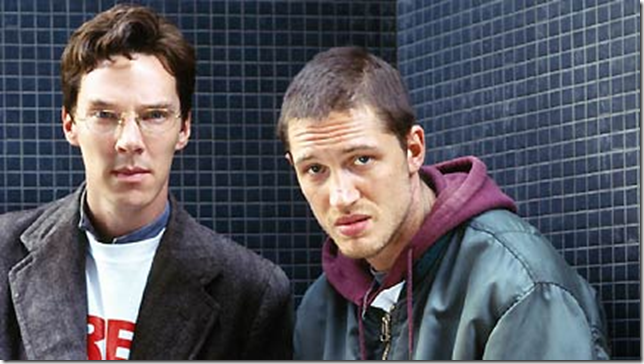Learning from the great literary minds of the past and present to live a life of fulfilment and fun
Whether they be inspirational, comforting, instructive, life-affirming or just plain amusing some of the greatest quotes from literature teach us how to be a better person and how to get the most from this life of ours.
1. Jack Kerouac, On The Road
This beautifully written quote captures the joy of living a full and colourful life. Fill your time with people that enthuse you and inspire you, that make you feel alive. Attach yourself to the ones that can provide you with new experiences and new ideas.
2. Roald Dahl, The Twits
2. Roald Dahl, The Twits
This is one of my favourite quotes. It shows that beauty can exist without a perfect exterior and that the true value of a person lies within their character. If you radiate kindness and goodness that will make you irresistible to others.
3. Anne Frank, The Diary of a Young Girl
Anne Frank’s words encourage generosity, kindness and altruism and promote the idea that the time to start making a change in the world is now. Do not wait for tomorrow.4. J. K. Rowling, Harry Potter and the Chamber of Secrets

5. Harper Lee, To Kill a Mockingbird
This is one of the most influential books of my life and narrowing its plethora of fantastic quotes down to just one is a difficult task. But I chose this quote as it emphasises the importance of empathy, tolerance and understanding. It also highlights the fact that we cannot judge everyone in terms of our own standards. Everyone is different and travelling along a different path to our own.
6. John Milton, Paradise Lost
Milton suggests that happiness is less about circumstance and more about perspective. The key is to be aware of the mind’s power to alter how you feel, so perhaps take a step back and look at situations more objectively.
7. William Shakespeare, Hamlet
Where would we be without a snippet of Shakespeare’s wisdom on this list?
8. Ayn Rand, Atlas Shrugged
This quote speaks for itself: never give up dreaming and don’t let hardships or monotony extinguish your burning fire for life. Perseverance, belief and determination will make your dreams come true.
9. Mark Twain
Twain’s words here pertinently sum up a zest for life and the significance of living for today, in the moment. Don’t wait for happiness, go out and catch it.
10. E. E. Cummings
So go ahead and keep on laughing.
















